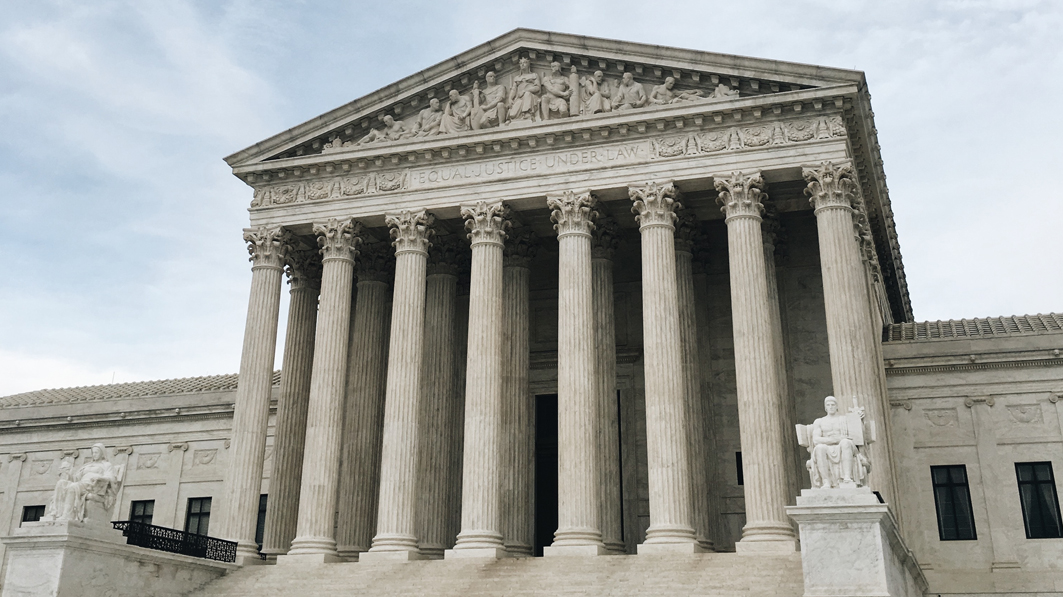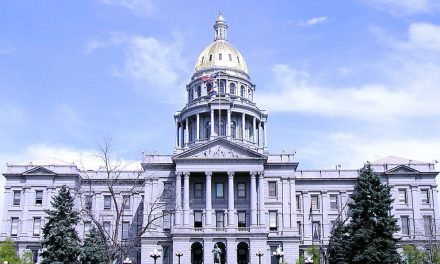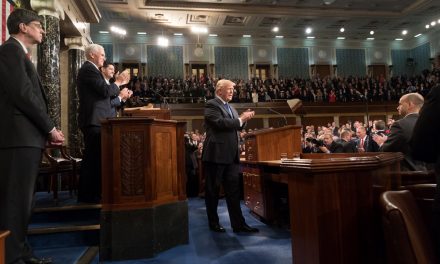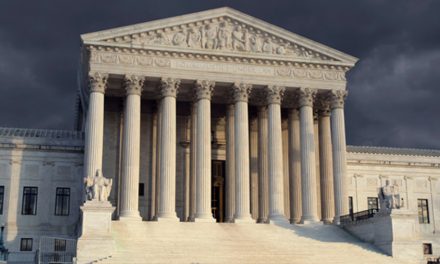The Supreme Court’s term extends from the first Monday in October until the last opinion is issued, traditionally during the last week or so of June. This year’s June decisions included, once again, major decisions of public interest. Those included such things as: war memorials; political gerrymandering; and of course the census citizenship question.
Even while those opinions are still being digested in the media and academia, the Court, as a final attempt at some housecleaning, quietly issued orders (not opinions) affecting other cases still on its docket. In an order dated June 28, the Court took actions in three cases of interest to social conservatives.
Abortion
In Harris v. West Alabama Women’s Center, the state of Alabama appealed a lower court decision that struck down the state’s abortion dismemberment ban as unconstitutional.
The Court declined to hear the appeal (called “denial of cert”), meaning that the case did not receive the four votes necessary to place the appeal on the Court’s official calendar for a hearing. Although the reasons for declining any appeal are never provided, sometimes a justice or two will issue a written dissent as to why they would have “granted cert.” Or they want to explain something about the Court’s action they want the public to know in a concurring opinion.
That’s what happened in this case. Justice Clarence Thomas explained—apologetically—in a written concurrence attached to the Court’s order why the justices could not take the case. Thomas ended his three-page statement by chastising the Court’s abortion decisions:
“This case serves as a stark reminder that our abortion jurisprudence has spiraled out of control. Earlier this Term, we were confronted with lower court decisions requiring States to allow abortions based solely on the race, sex, or disability of the child. … Today, we are confronted with decisions requiring States to allow abortion via live dismemberment. None of these decisions is supported by the text of the Constitution. … Although this case does not present the opportunity to address our demonstrably erroneous “undue burden” standard, we cannot continue blinking the reality of what this Court has wrought.”
One conclusion that can be drawn from Thomas’s concurrence is that given the right case, he (and hopefully other justices) are more than willing to re-examine and overturn the Court’s atrocious abortion decisions, including Roe v. Wade and Planned Parenthood v. Casey.
Crosses on Public Land
The June Bladensburg WWI Memorial decision affirmed that the First Amendment is not violated by a cross-shaped statue on public land.
Pending before the Court, however, was another monument case involving a cross in a public park in Pensacola, Florida. The U.S. Circuit Court of Appeals for the Eleventh Circuit had declared the cross unconstitutional. It was erected in 1941 and has since been used to commemorate Easter, Veterans Day, Memorial Day and other community events.
The Supreme Court dealt with the Pensacola case by sending it back down to the Eleventh Circuit for a re-examination in light of Bladensburg. It will be several months or more before we learn what the Eleventh Circuit decides this next go-round.
The case is titled City of Pensacola v. Kondrat’yev.
Educational Choice
The Supreme Court granted cert in a case from Montana that it will hear next term, involving educational scholarship grants. The Montana Supreme Court in 2018 declared unconstitutional a state scholarship program that helped needy children attend the private school of their choice, including religious schools. At issue is the Montana state constitutional provision that forbids tax dollars being used to aid religious institutions. The state constitutional provision, however, just might violate the First Amendment to the U.S. Constitution. This question has been decided differently by federal courts across the country, and it would be useful for the Supreme Court to provide some clarity by hearing this case.
The case is titled Espinoza v. Montana Dept. of Revenue.






